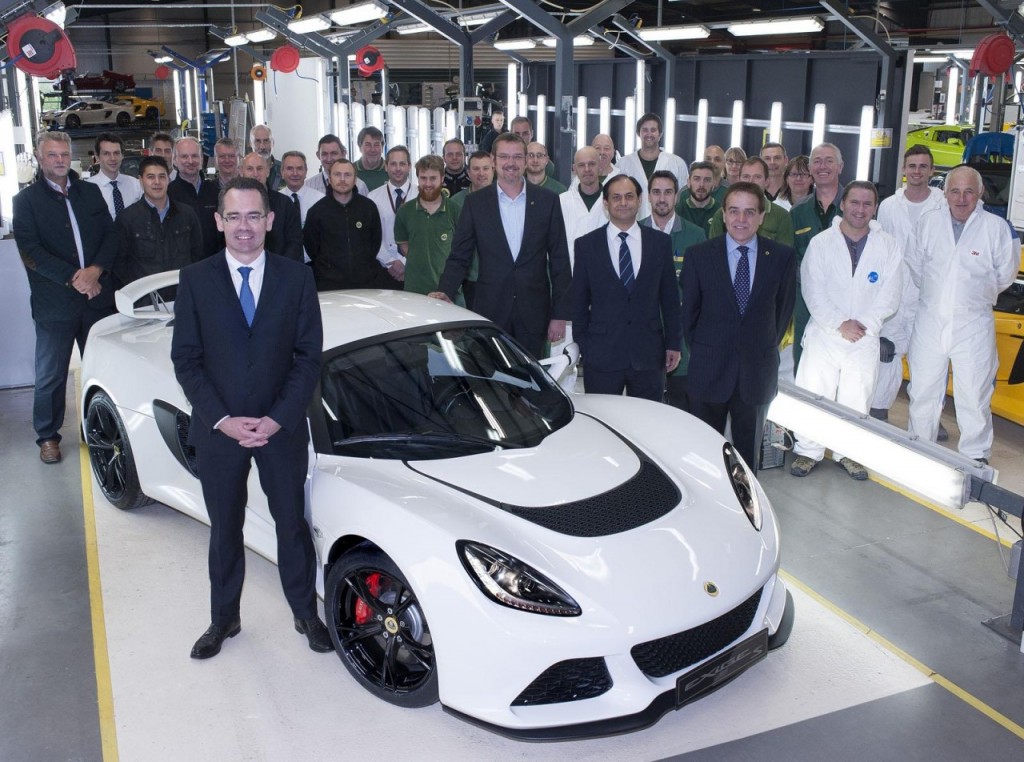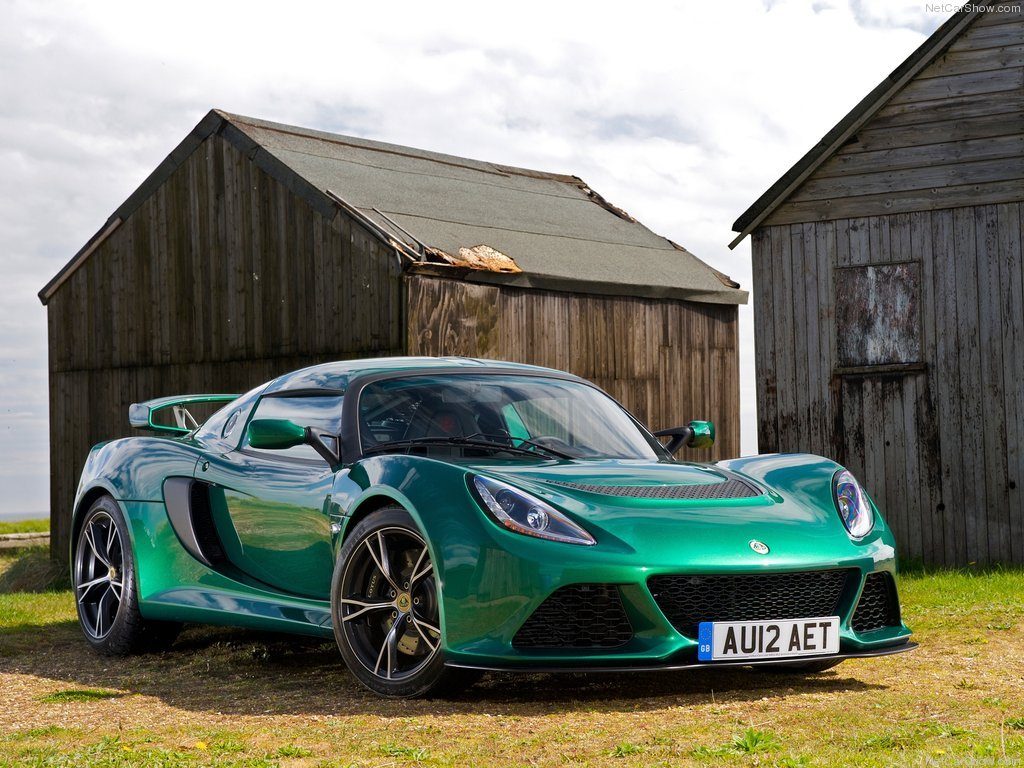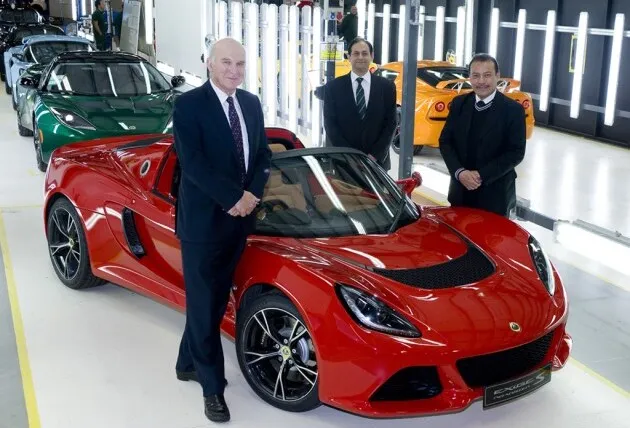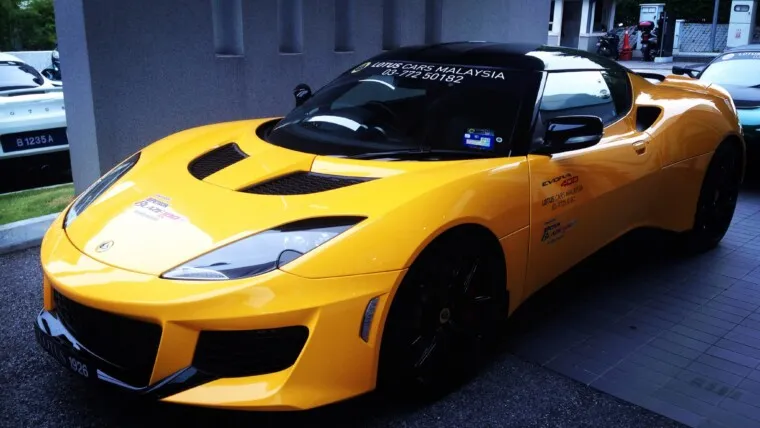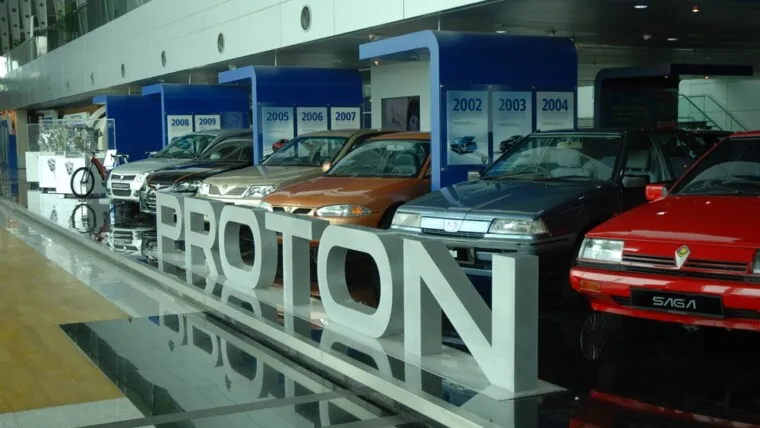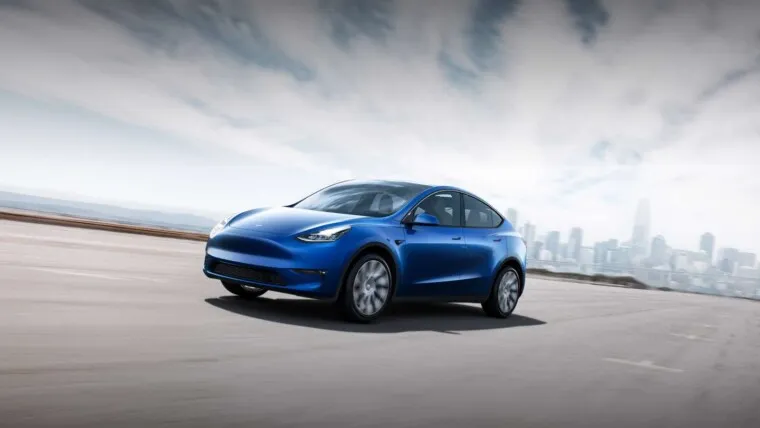We all know the history of Lotus where over the past two decades, it’s never made much of a profit. It’s been owned by various automakers including General Motors, and the (pre-VW) Bugatti group, and now by our very own, Proton. And it seem every very time there’s a changing of the guard, the strategy seems to change too. With the highly publicized departure of Dany Bahar, it appears there are further changes in the wind, but are they going to make a difference?
Ever since Jean-Marc Gales took over the lead role at Lotus role since 9 months ago, there have been murmurings of major shifts in thinking behind those famed walls in Norfolk.
Jean-Marc Gales, a trained engineer came to Lotus from top-flight marketing and management jobs at VW, Mercedes and PSA. He’s also a bit of a car-mad, life-long Lotus fan, having collected the brochures as a young boy. The right combination of sentiment and expertise, then.
During an interview with Top Gear, Gales shared his plans for the company. Unlike past Lotus execs who’ve reasoned that the company can only succeed if it introduces new and more upscale products, he’s focusing on the brand’s existing models.
“Any car we launch in the next two years will be lighter and faster than its predecessor,” said Gales. He’s talking about new versions of the Elise, Exige and Evora.
On his watch, Lotus recently introduced the Elise S Cup and the new Evora 400, and there are plans for more. Though Gales apparently has no intention of producing an engine in-house, the Toyota-based 3.5-litre supercharged V6 – now producing 400hp and 410Nm of torque – is slated to be slotted into the Elise and Exige as well.
Perhaps most exciting, though, is the prospect of a successor for the 2-Eleven. That windowless speedster was the most extreme interpretation of the Exige, packing 252hp but weighing less than 700kg. The next version would weigh considerably more – closer to 900kg – but pack that new 400hp engine to drive the power-to-weight ratio through the roof (even though it doesn’t have one) in pursuit of a Nürburgring lap record. “It will be the fastest road car around the Nürburgring,” Gales bravely promises.
However, don’t expect it to switch to carbon-fibre construction, though because Gales is convinced that aluminum is the way to go, offering comparable weight-saving benefits but at a fraction the cost.
To ensure that these new products don’t just disappear within a few months, Gales is also overhauling the way Lotus markets its cars. For one thing, he’s opening new showrooms in key markets like Paris, Berlin, Monte Carlo and Abu Dhabi. For another, he’s making sure Lotus actually keeps a database of its customers, something which surprisingly they hadn’t done much, much earlier.
Gales also targets to sell 3000 cars a year when the Evora 400 is fully on stream. And because they’re faster and more powerful, they’ll probably sell for more money. So Lotus revenue is expected to be better.


